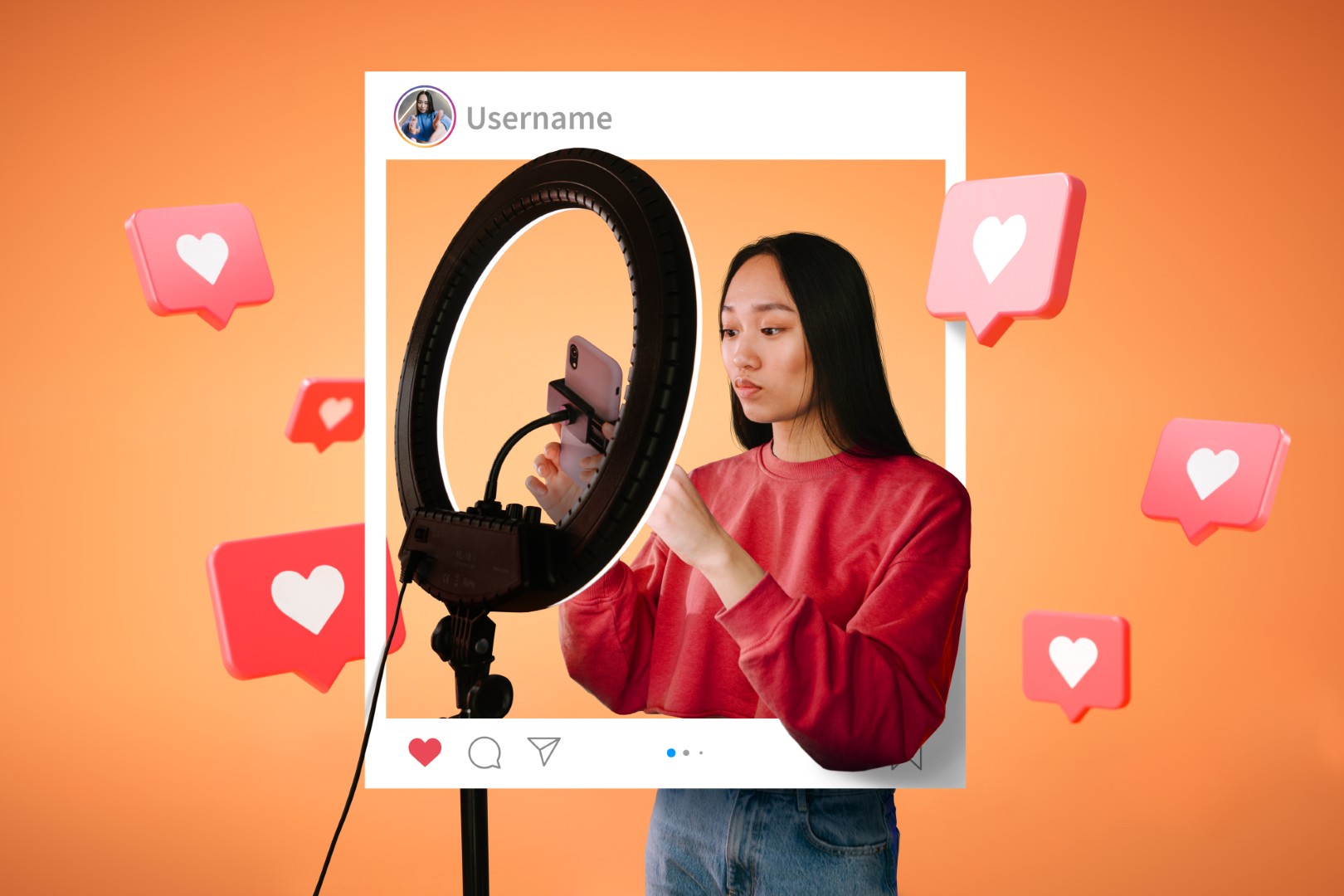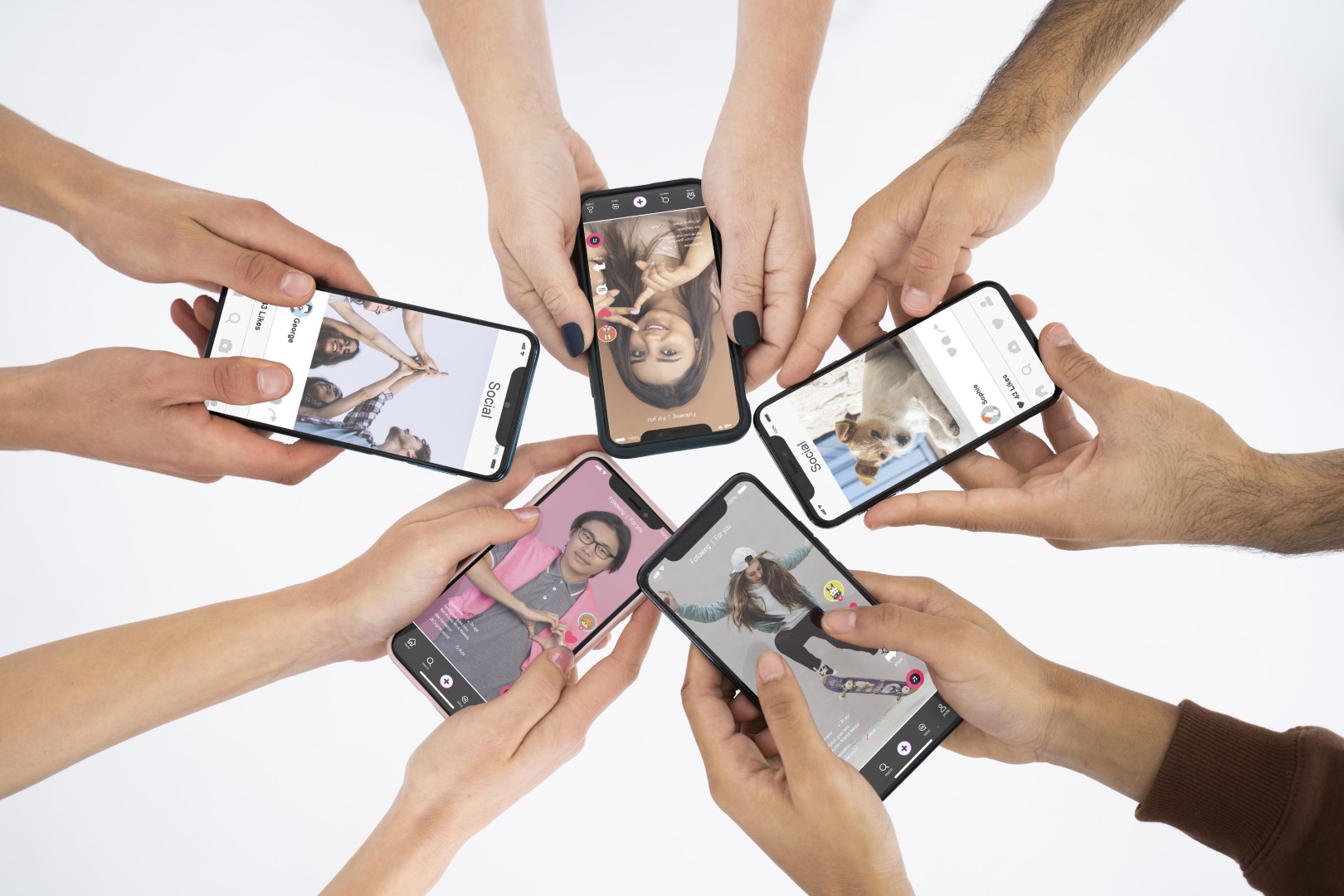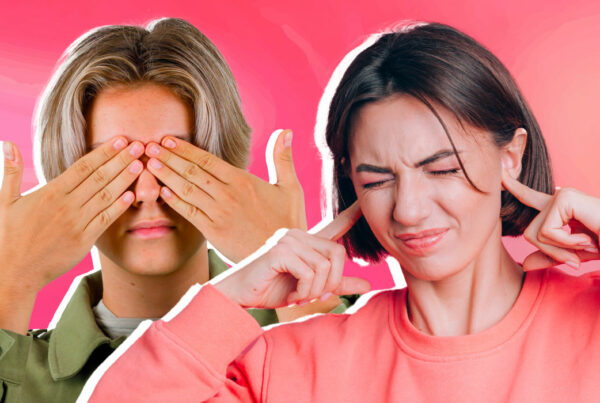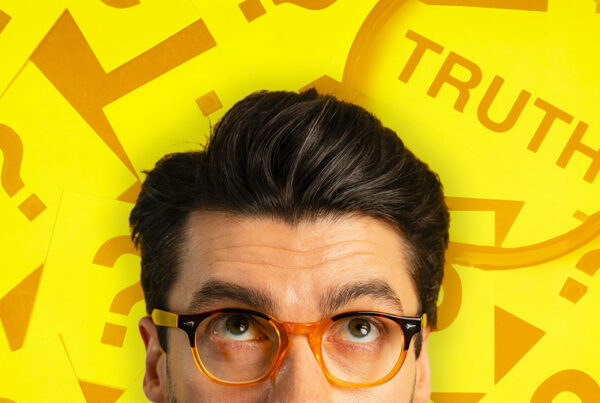When you look at your Instagram, TikTok, or YouTube feed, do you always spot the ads? It’s not that simple… Brands compete to be the most ingenious in promoting their products without you realizing it. Let’s take a look.
1- What is an influencer?
An influencer is a person who, thanks to their presence on social media (YouTube, TikTok, Instagram, Twitch…), is able to influence the opinions or behaviors of an audience. They may talk about fashion, sports, gaming, cooking, mental health, décor, lifestyle… And for brands, it’s a real opportunity: influencers become effective channels to influence behaviors or purchases.

2- How are they paid?
There are several ways for an influencer to make money:
- Platform-integrated advertising: YouTube or TikTok, for example, pay based on the number of views.
- Product placement: the influencer is paid to show a product, talk about it, or use it in their content.
- Sponsorship: a brand finances a video, a post, or even a series of content.
- Affiliate links and promo codes: the influencer earns a commission on each sale generated.
- Micro-donations and subscriptions: via Patreon, Twitch, or YouTube, subscribers can support their favorite creator.
- Selling personal products: some launch their own brand or sell training courses, ebooks, clothing, etc.
3- A relationship that seems intimate… but isn’t
You may have been following an influencer for years—you know their apartment, their friends, their dog, their struggles… You get attached. And brands know this.
But remember: this relationship is one-sided. You are seeing a filtered and edited version of a life. Behind it, there are communication strategies and often well-planned partnerships.

The categories of influencers according to their number of followers:
- Nano-influencers – 1,000 to 10,000 followers
This is generally someone consumers can easily relate to. It could be a friend, a colleague, or even a stranger who shares their passion on social media. The nano-influencer does not make a living from their influence. They create content during their free time.
- Micro-influencers – 10,000 to 100,000 followers
The community size of a micro-influencer is more modest. They are often specialized in a particular field: cinema, sports, beauty, etc. This allows brands to reach their ideal audience and generate meaningful engagement. Micro-influencers are considered more authentic and trustworthy.
- Macro-influencers – 100,000 to 1 million followers
They enjoy popularity worldwide. This fame offers great visibility to a brand. This content creator has built their reputation on social media. They generally communicate around their passion. Working with this type of profile can be beneficial for brands by leveraging the strong personal brand and reputation of the influencer.
- Mega-influencers – More than 1 million followers
We are talking here about celebrities: reality TV stars, actors, singers, top athletes, and major fashion creators. Each piece of content generates thousands of reactions and shares. This type of influencer brings together a much larger community. That’s why brands are interested in them to increase their visibility.
4- Advertisement or content? Not always easy to tell…
When you scroll through your Instagram, YouTube, or TikTok feed, do you really know when it’s an ad? Brands do everything to keep it blurry… because the more a piece of content looks like a genuine recommendation, the more effective it is.
Here are a few techniques to be aware of:
▶ Brand dropping
A brand appears in a video, a story, or a photo without being disclosed as an ad. For example, a visible t-shirt, a logo in a vlog, or a snack “conveniently placed” at the right moment…
▶ The miracle product
An object or a method is presented as the perfect solution to all problems. If no flaws are ever mentioned, be cautious!
▶ The irresistible promo code
“Use my code for 15% off!” This type of content shows that there is probably an agreement between the brand and the influencer. On top of that, brands collect data about you through these codes.
▶ The FOMO effect
“Everyone has bought this!” Repeated messages, viral challenges, or trendy items create social pressure. This is marketing through the fear of missing out (FOMO).
5- Some questions to ask yourself when faced with content
- Is there a “staging” (lighting, music, product placement…)?
- Was this person paid to talk about this product?
- Did they receive a gift in exchange?
- Do I really like this product, or is it just because I keep seeing it?
- Do I really need it?
- Does this person cite their sources when they talk about a fact or give advice?
What does the law say?
In France, since 2017 the law requires that partnerships be clearly indicated: “#sponsored”, “#ad” or “paid partnership”. But in practice, these labels are not always visible.
Since June 2023, a new law regulates influencer practices (Law No. 2023-451): it imposes greater transparency, bans certain promotions (risky financial products, cosmetic surgery…), and better protects consumers.
In Europe and the Balkans?
At the European level, the Digital Services Act (DSA) and the Digital Markets Act (DMA) require platforms to be more transparent about ads, algorithms, and sponsored content.
In the Western Balkans, several NGOs such as Mediacentar Sarajevo, Metamorphosis Foundation (North Macedonia), and CRTA (Serbia) have published reports on the use of social media by young people and influencers, particularly in relation to disinformation or the promotion of unregulated products (medicines, gambling, etc.).






